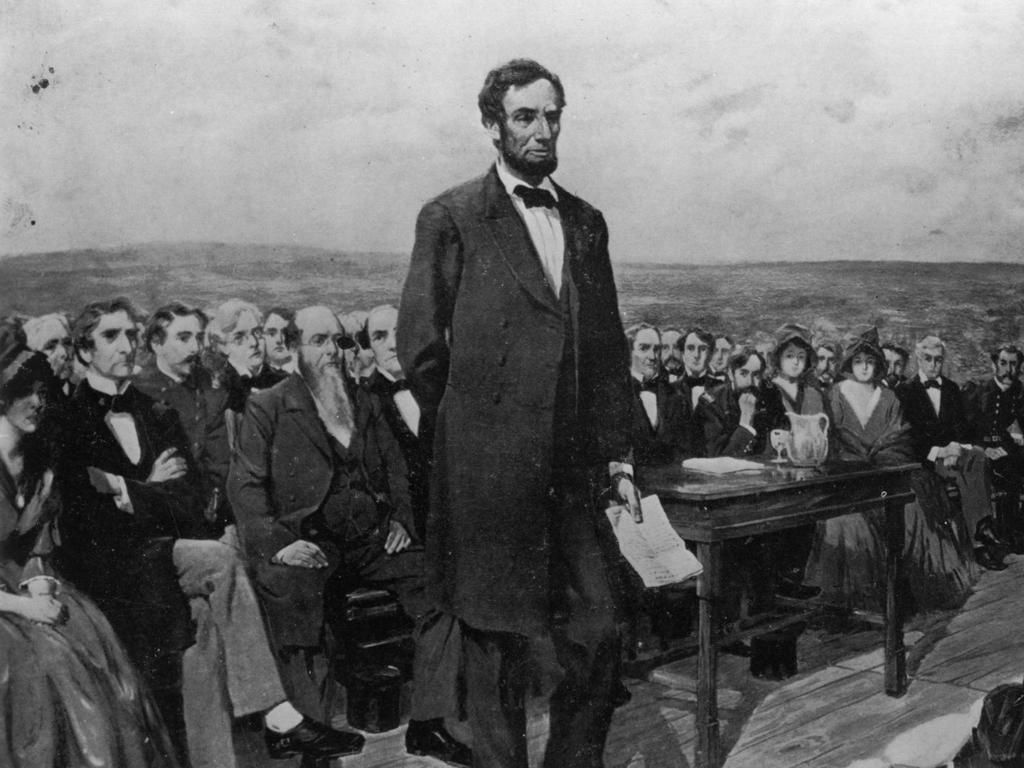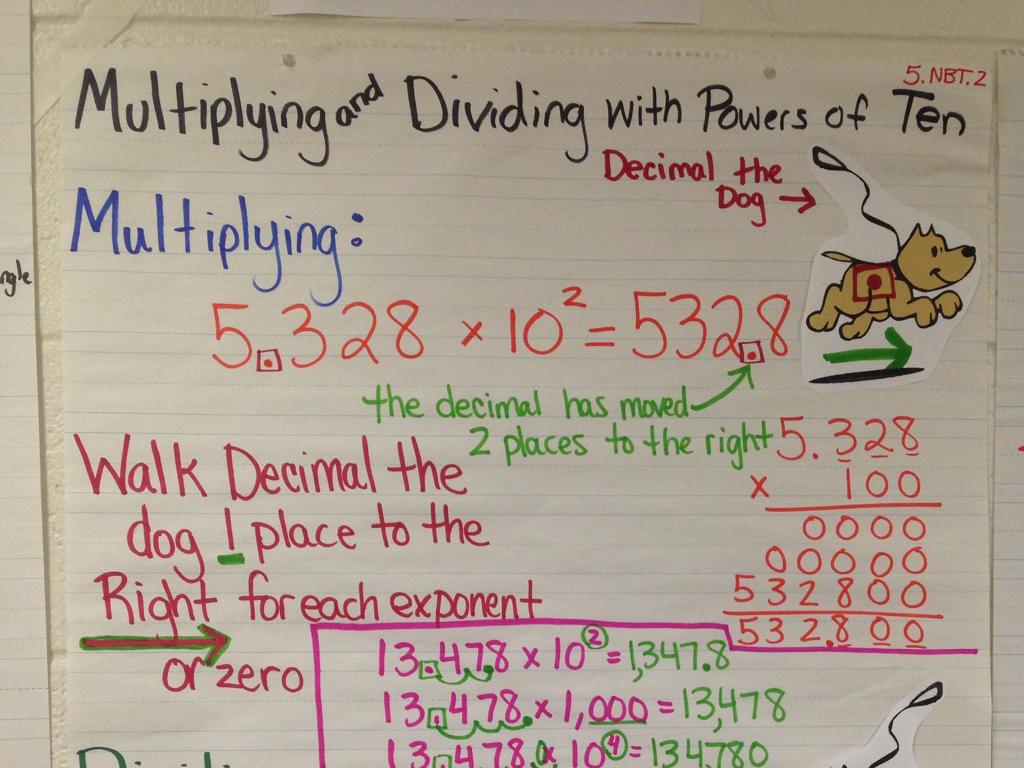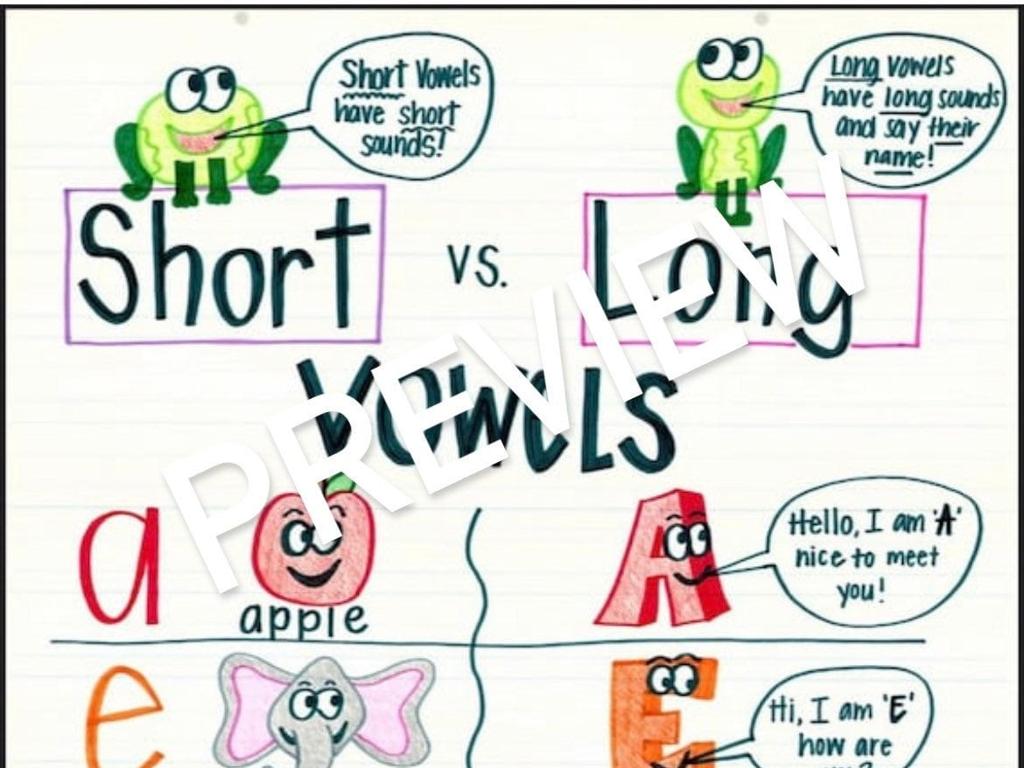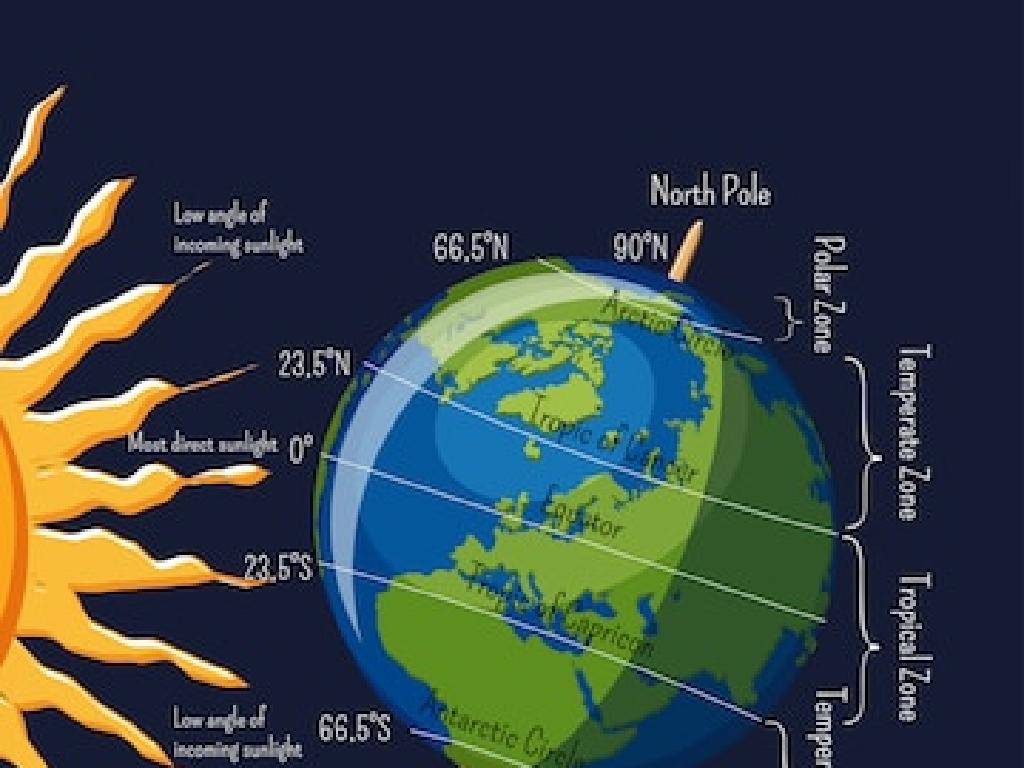Write A Two-Variable Equation From A Table
Subject: Math
Grade: Sixth grade
Topic: Two-Variable Equations
Please LOG IN to download the presentation. Access is available to registered users only.
View More Content
Introduction to Two-Variable Equations
– Understanding variables in equations
– Variables represent numbers in equations, like x and y.
– Defining two-variable equations
– Equations with two variables relate two quantities, e.g., y = 2x + 3.
– Real-life two-variable examples
– Examples: temperature over time, cost of items with quantity.
– Writing equations from tables
– Use a table of values to create an equation that shows the relationship.
|
This slide introduces the concept of two-variable equations to sixth-grade students. Begin by explaining what variables are and how they are used in equations to represent unknown numbers. Then, define two-variable equations and show how they can relate two different quantities. Provide relatable examples that students can connect with, such as how temperature changes over time or how the total cost changes with the number of items bought. Finally, demonstrate how to write an equation from a table of values, emphasizing the relationship between the two variables. Encourage students to think of other real-life situations where two-variable equations could be applied.
Recognizing Patterns in Tables
– Identify table patterns
– Look for regular increases or decreases in values
– Use patterns for predictions
– Predict future table values using the pattern
– Group practice activity
– We’ll find patterns in tables as a class
– Understanding two-variable equations
|
This slide introduces students to the concept of recognizing patterns in tables, a key skill for writing two-variable equations. Start by explaining how to identify consistent changes in the values of a table, such as increases or decreases by the same amount. Emphasize the importance of patterns in making predictions about future values. Engage the class with a collaborative activity where they work together to find and discuss patterns in sample tables. Conclude by relating these patterns to the foundation of understanding and writing two-variable equations. Provide guidance on how to translate these patterns into equations during the group activity.
Writing Equations from Tables
– Steps to write an equation
– Identify independent & dependent variables
– Independent variable: input, Dependent variable: output
– Determine variables’ relationship
– Look for a pattern in how the variables change
– Formulate the two-variable equation
– Use the pattern to write an equation relating the variables
|
This slide introduces the process of writing a two-variable equation from a table, a key skill in understanding relationships in algebra. Start by explaining the steps to write an equation. Then, help students identify the independent variable (the cause or input) and the dependent variable (the effect or output). Next, guide them to determine the relationship between the variables by observing how one variable changes in response to the other. This could be a constant rate of change or a more complex relationship. Finally, show them how to use this relationship to formulate an equation. Provide examples of tables with different types of relationships and practice writing equations as a class. Encourage students to ask questions and work through problems together.
Writing a Two-Variable Equation
– Worked example walkthrough
– Let’s solve a problem together to understand the process
– Find the constant of proportionality
– The constant ratio between two variables in a proportional relationship
– Step-by-step equation writing
– Use the constant to write an equation relating the two variables
|
Begin with a worked example to demonstrate the process of writing a two-variable equation from a table. Explain the concept of the constant of proportionality, which is the consistent ratio between two variables in a proportional relationship. Guide students through the steps of finding this constant by dividing the values of one variable by the corresponding values of the other variable. Once the constant is determined, show students how to use it to write an equation that represents the relationship between the two variables. Encourage students to practice with different tables to become comfortable with the process. Provide additional examples and practice problems for students to work on independently or in groups.
Practice: Writing Two-Variable Equations
– Let’s practice writing equations
– Work on tables in pairs
– Collaborate to interpret tables and form equations
– Share your equations with the class
– Discuss your findings and reasoning with peers
– Understand equation formation
– Grasp how variables relate within an equation
|
This slide is designed for a collaborative class activity where students will practice writing two-variable equations from provided tables. Students should be paired up to encourage teamwork and discussion, which will help them understand the concepts better. Each pair will receive a table with two variables and will work together to write an equation that represents the relationship between the two. Afterward, they will share their equations with the class, explaining their thought process. This activity will help students understand how to identify relationships between variables and express them mathematically. The teacher should circulate the room, providing guidance and ensuring that each pair is on the right track. Possible activities could include tables with varying levels of complexity to cater to different skill levels within the class.
Class Activity: Create Your Own Table
– Partner up and create a table
– Choose a real-world relationship
– Could be distance vs. time, savings vs. weeks, etc.
– Fill in the table with values
– Use consistent increments for one variable
– Write a two-variable equation
– Use the table to derive the equation
|
This activity is designed to help students understand the concept of two-variable equations through hands-on experience. Students should work in pairs to think of a real-world situation that can be represented with two variables, such as the relationship between distance traveled and time, or the amount of savings over a number of weeks. They will then create a table of values for these variables, ensuring that one variable changes at a consistent rate. Finally, students will use the pattern in their table to write a two-variable equation that represents the relationship. Possible activities for different pairs could include comparing prices vs. quantity, temperature vs. time of day, or height vs. age. The teacher should circulate the room, providing guidance and ensuring that each pair understands the relationship between their table and the equation they create.
Conclusion: Mastering Two-Variable Equations
– Recap: Writing equations from tables
– Review steps to create equations based on table data
– Significance of two-variable equations
– Grasping this concept is crucial for solving real-world problems
– Q&A session for doubts
– Time to ask questions and get clarifications
– Encourage practice at home
|
As we wrap up today’s lesson, it’s important to revisit the key steps in writing two-variable equations from tables. Emphasize the importance of this skill in solving various mathematical and real-life problems, such as budgeting or analyzing patterns. During the Q&A, address any uncertainties the students may have, ensuring they leave the class with a solid understanding. Encourage them to continue practicing at home with different tables and scenarios to strengthen their grasp of the concept. Provide additional examples or resources if necessary to support their learning journey.






